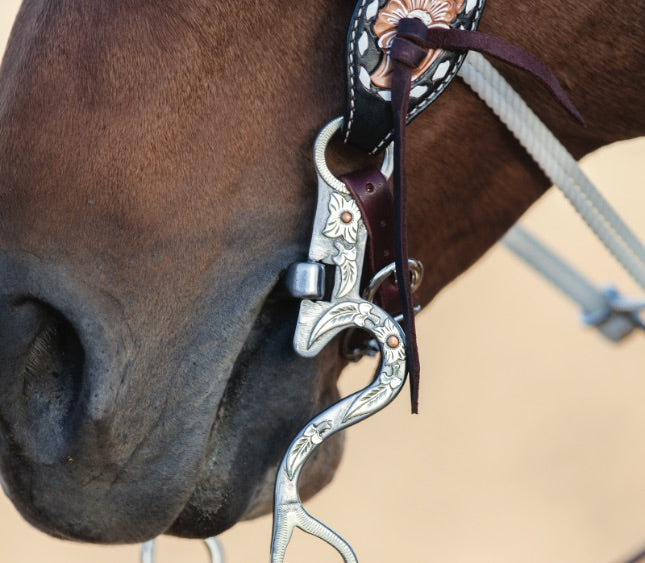If you have ever wondered, "What type of bit to use on my horse?", we can help you find out. Knowing all the types of bits on the market is a time-consuming project, especially if you’re new to horse ownership. Understanding all the types of horse bits and their uses, however, is essential knowledge for any equestrian or cowboy. Of course, your time is limited, and it should be spent on the more important things of life, namely your horse. The team at NRS has you covered. We combined our collective knowledge and experience to create the definitive guide to different types of horse bits and how to choose the best one for you.












